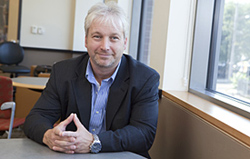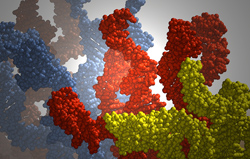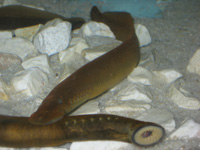Mysteries of Unpredictable Tsunami Waves
One of the most terrible consequences of offshore quakes is giant tsunami waves, sweeping everything on their way. Until now, scientists cannot answer a simple question: why in some cases they happen, and in others they do not? If it was established, then a tragedy like the one that has recently occurred in Indonesia could have been avoided.
An earthquake measuring 7.5 points, which occurred late on Monday, October 25 in Indonesia, caused a tsunami, which affected Mentawai islands in the western part of the country. Interestingly, the epicenter of the aftershocks of this earthquake was located 78 km west of the South Island Pagai of the Mentawai archipelago, at a depth of 20 km below the bottom of the Pacific Ocean. Apparently, this is why the first few minutes after the earthquake the Indonesian government reported the tsunami threat, but later canceled the alert. (more…)




